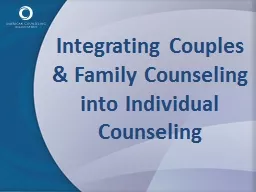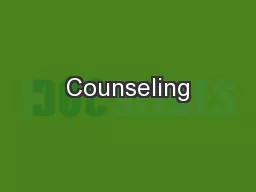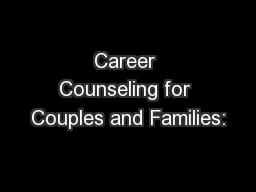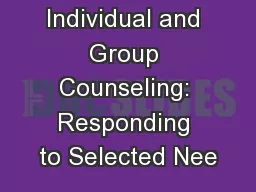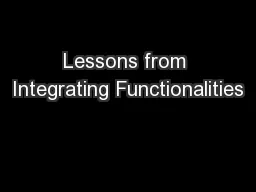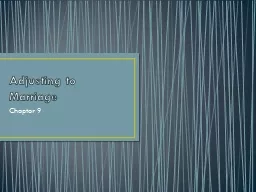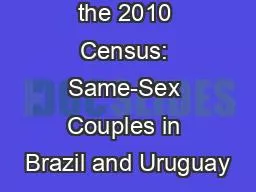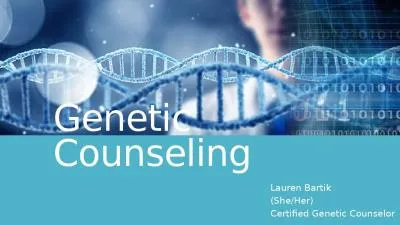PPT-Integrating Couples & Family Counseling into Individual
Author : sherrill-nordquist | Published Date : 2017-05-25
David Kaplan ACA Chief Professional Officer dkaplancounselingorg wwwcounselingorgkaplan Who am I Who am I Past President of the American Counseling Association
Presentation Embed Code
Download Presentation
Download Presentation The PPT/PDF document "Integrating Couples & Family Counsel..." is the property of its rightful owner. Permission is granted to download and print the materials on this website for personal, non-commercial use only, and to display it on your personal computer provided you do not modify the materials and that you retain all copyright notices contained in the materials. By downloading content from our website, you accept the terms of this agreement.
Integrating Couples & Family Counseling into Individual: Transcript
Download Rules Of Document
"Integrating Couples & Family Counseling into Individual"The content belongs to its owner. You may download and print it for personal use, without modification, and keep all copyright notices. By downloading, you agree to these terms.
Related Documents

